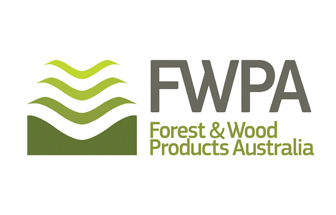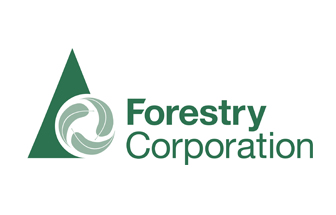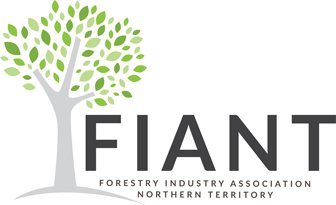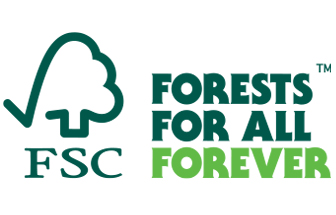TASMANIAN HARDWOOD PLANTATION FUTURE CONCERNS
EVAN ROLLEY FROM PRIVATE FORESTS TASMANIA DESCRIBES WORRIES
ABOUT DECLINING PRIVATE HARDWOOD RESOURCES.
Rolley says he believes mixed-use plantations are likely to play a stronger role in future.
Following on from last week’s release of new ABARES data showing the national plantation forestry estate had fallen to its lowest levels in 20 years (see T&F Enews 776), Tasmanian foresters have flagged their worries about the significant decline in hardwood plantations in that state.
The chair of Private Forests Tasmania, Evan Rolley spoke with ABC’s Tasmanian Country Hour on the weekend and outlined what he described as a significant risk for meeting future construction supply, as well as outlining ways to make plantations more attractive investments.
“Private Forest annually gathers the data for all of the Tasmanian categories of plantation and the national data reflects what’s been happening in Tasmania as the MIS [managed investment schemes] where farmlands were either leased or under some joint venture agreement wrapped,” he told the ABC’s Fiona Breen.
Rolley explained that as some of those schemes have concluded with the harvesting of trees, some of the land previously reserved for plantations is now being converted to other agricultural activity. Over the 12 months through to the last data collection in December 2022 there has been a net drop in the Tasmanian private plantation resource of around 4000 ha.
“There’s been a net reduction in hardwood of around 7000ha and increase in softwood of around 3000,” Rolley said.
He acknowledged that there was very strong competition for land, particularly with the higher prices for most of the livestock categories, but also flagged that the strong housing infrastructure investment plans from state and federal governments would lead to a requirement for additional timber for those new house builds and other infrastructure projects nationally, so the ongoing demand for timber is certainly there.“Farmers are looking at their various options but I suspect that, particularly now that the carbon price is important, many farmers are looking at the opportunity to plant,” said Rolley.
One of the factors that he suspects has led to farmers in particular moving out of timber in the past has been the whole-of-farm approach that many MIS ventures took, where entire fields or farms were assigned to timber, locking up their productivity for decades and not always with the best planning.
“Some of the early sites that were established under the MIS schemes were not as productive and at the end, farmers, landowners and investors are all looking for the return on their investment, Rolley said. “[They] really were trying to meet area targets rather than productivity targets … The focus is very much now on trying to get the right trees in the right place and getting productivity to ensure there are good returns from investing in tree growing.”
The most significant change in approach to the MIS days is seeing trees as part of farm infrastructure, where they work to protect livestock or raise water tables and prevent erosion for crops as well as deliver value in themselves.
“Farmers now are looking at the opportunities for putting in windbreaks and woodlots, seeing those trees as infrastructure on their farms and getting a return both from the carbon and also from the wood value,” Rolley said. “I think it is a turn in the approach and what will help this commercially is as the prices for the various wood products increase, the better returns will stimulate that investment.
“There are leasing opportunities and the carbon opportunity is one where you can get some earlier returns if you get the assessments made and commit to the process. So while the timber product returns will depend on the rotation age and can be 15, 20, 30 years, there are intermediate returns from either thinning in those planted forests or from the carbon that is being stored. There is a more sophisticated market environment developing and the important driver for that certainly will be these targets of achieving net zero by 2030.”
While the Tasmanian private plantation capacity remains sorely underutilised (Rolley estimated there are 300,000 ha of private native forest suitable for thinning right now), he described it as a real opportunity for Tasmanian farmers and for the state’s growth. Recent advances, including Forestry Australia working with PSC Insurance Brokers and the Forest Growers Committee to develop a new insurance cover, Plantation Protect, for small-scale growers can only help.
To listen to the full interview, click here and forward to about 13.00. To learn more about Private Forests Tasmania, click here.










